An analysis of the brightest gamma-ray burst ever observed reveals no difference in the propagation speed of different frequencies of light—placing some of the tightest constraints on certain violations of general relativity.
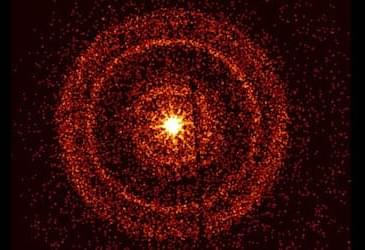

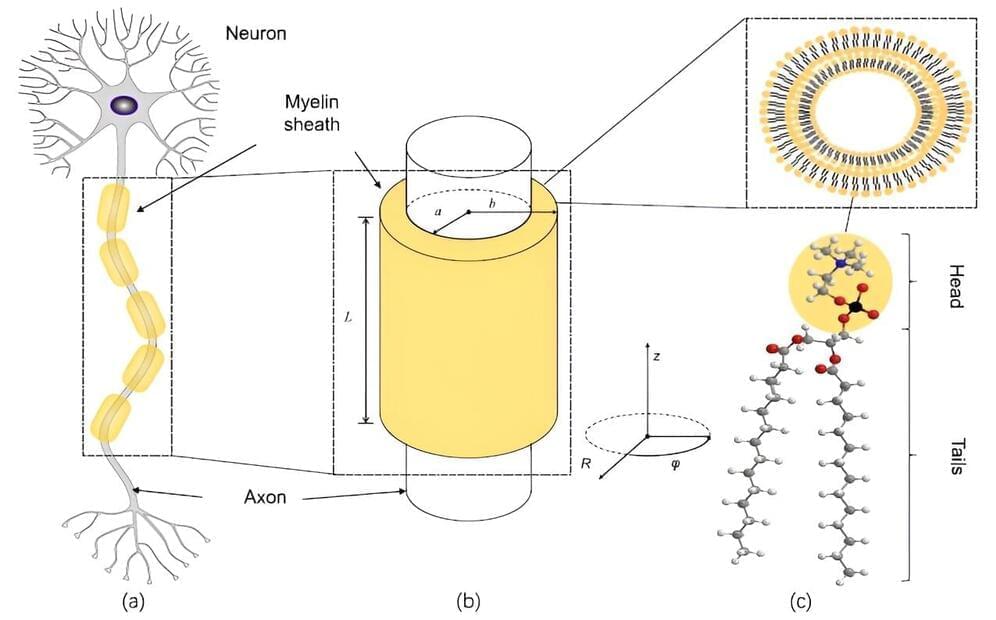
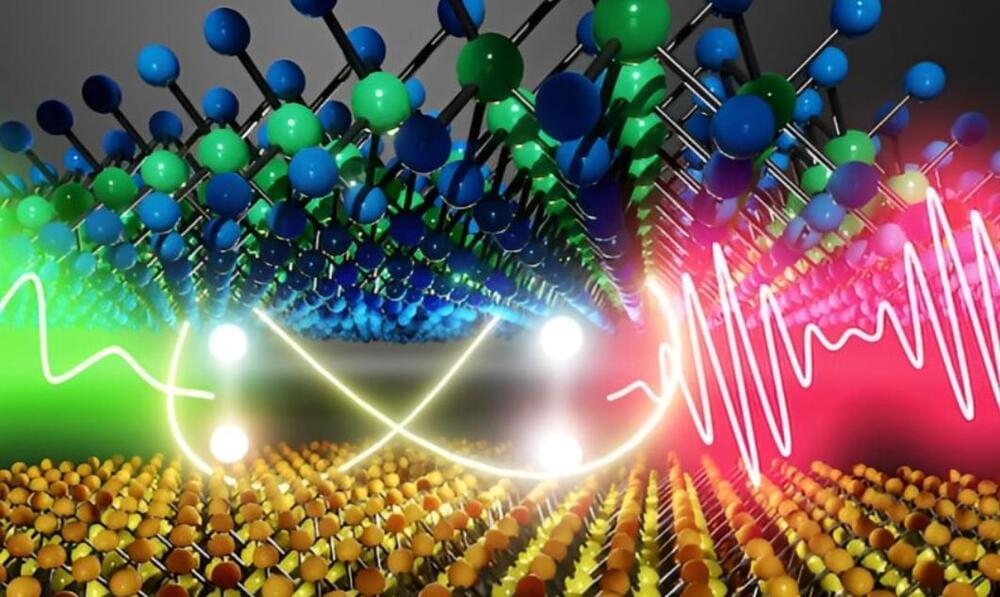
Quantum technology relies on qubits, the fundamental units of quantum computers, whose operation is influenced by quantum coherence time. Scientists believe that moiré excitons — electron-hole pairs trapped in overlapping moiré interference fringes — could serve as qubits in future nano-semiconductors. However, previous limitations in focusing light have caused optical interference, making it difficult to measure these excitons accurately.
Kyoto University researchers have developed a new technique to reduce moiré excitons, allowing for accurate measurement of quantum coherence time. Their findings, published in Nature Communications, reveal that the quantum coherence of a single moiré exciton remains stable for over 12 picoseconds at −269°C, significantly longer than that of excitons in traditional two-dimensional semiconductors. The confined moiré excitons in interference fringes help maintain quantum coherence, advancing the potential of quantum technology.
“We combined electron beam microfabrication techniques with reactive ion etching. By utilizing Michelson interferometry on the emission signal from a single moiré exciton, we could directly measure its quantum coherence time,” said Kazunari Matsuda of KyotoU’s Institute Advanced Energy.
Future space missions could use quantum technology to track water on Earth, explore the composition of moons and other planets, or probe mysterious cosmic phenomena.
This controversial idea could completely change how we understand the mind.

At the risk of sounding a bit woo-woo, as any speculation about the “hard problem” of the unknowns of consciousness does, can’t both be true? In other words, is it possible that Schrödinger’s “total mind” is a kind of quantum reserve downloaded and differentially phased into qualia through the materialist medium of natural selection, which Edelman calls “neural Darwinism”? Is it the embodied human sensory organs interacting with their environment in feedback loops that unveils the unformed wave of fundamental consciousness through the particle of particular experience?
The correct answer is: Who knows?
“Who Knows?” would be an apt title for the best inventory to date of the myriad views on consciousness, from the metaphysical to the materialist, compiled by Robert Lawrence Kuhn and titled “A landscape of consciousness: toward a taxonomy of explanations and implications,” recently published in the journal “Progress in Biophysics and Molecular Biology.”
Avshalom Elitzur, Claudia de Rham and Harry Cliff debate the relationship between mystery and scientific discovery.
Does science eradicate mystery or expand it?
Watch the full debate at https://iai.tv/video/mystery-in-the-m…
We have the impression that science unravels the mysteries of the universe. But with every mystery solved, a new mystery emerges. The Big Bang gave us an explanation for the expanding universe but left the mystery of how it came about. Quantum mechanics accounted for the strange behaviour of subatomic particles, but led to the puzzle of its conflict with relativity. Dark energy made sense of an accelerating universe but led to the mystery of why we have no evidence for it. Is there a danger that we are making a fundamental mistake in imagining science can eradicate mystery, and do we need to think of science differently as a consequence?
Do we need to abandon the idea that science has the potential to provide a complete explanation? Should we not expect science to eradicate mystery and instead simply require that its theories work well enough for our current aims and purposes? Or is the ability to overcome mystery essential to the effective operation of science and a core idea responsible for its success?
#science #physics #mystery #theoreticalphysics #unknown.
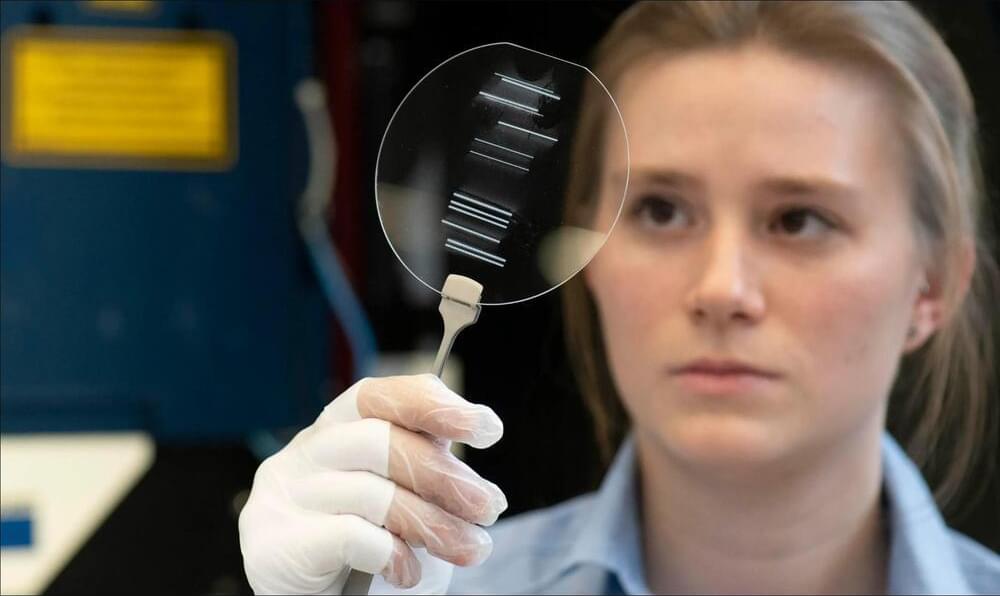
Quantum is huge. Because quantum computing allows us to step beyond the current limitations of digital systems, it paves the way for a new era of computing machines with previously unthinkable power. Without recounting another simplified explanation of how quantum gets its power at length, we can reference the double-slit experiment and perhaps the spinning coin explanation.
A coin sat on a desk is either heads or tails, rather like the 1s and 0s that express the on or off values in binary code. Quantum theorists would prefer we think of the coin above the desk, spinning in the air. In this state, the coin is both heads and tails at the same time. This is because, at the quantum level, both values exist until we make an observation of its state at any given point in time. We could further increase the number of positions possible (literally known as quantum superposition) by altering the angle of view we take on the coin, which is somewhat similar to how we work with qubits in quantum mechanics.
So then, Schrödinger’s cat is both alive and dead at the same time and the dummies guide to quantum entanglement is out there on the web if needed. What matters most now is how we will make practical use of quantum computing and where it will be applied for best advantage.
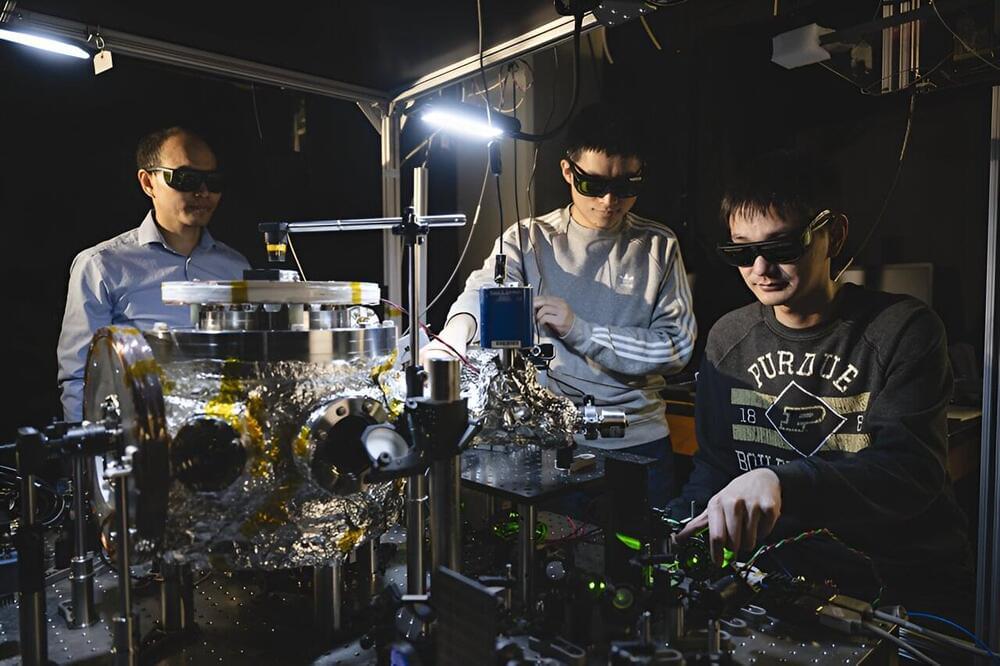
“This breakthrough helps us better understand and study the fascinating world of quantum physics,” he says.
The fluorescent nanodiamonds, with an average diameter of about 750 nm, were produced through high-pressure, high-temperature synthesis. These diamonds were irradiated with high-energy electrons to create nitrogen-vacancy color centers, which host electron spin qubits.
When illuminated by a green laser, they emitted red light, which was used to read out their electron spin states. An additional infrared laser was shone at the levitated nanodiamond to monitor its rotation. Like a disco ball, as the nanodiamond rotated, the direction of the scattered infrared light changed, carrying the rotation information of the nanodiamond.
Follow Closer To Truth on X (Twitter) for news, articles, and updates, plus connect with other viewers: https://shorturl.at/imHY9
That the universe began seems astonishing. What brought it about? What forces were involved? How did the laws of nature generate the vast expanse of billions of galaxies of billions of stars and planets in the structures that we see today? What new physics was involved? What more must we learn?
Get exclusive member benefits with a free Closer To Truth account: https://closertotruth.com/
Alexander Vilenkin is the Leonard and Jane Bernstein Professor and Director of the Institute of Cosmology at Tufts University. A theoretical physicist who has been working in the field of cosmology for 35 years, Vilenkin has written over 150 papers and is responsible for introducing the ideas of eternal inflation and quantum creation of the universe from nothing. His work in cosmic strings has been pivotal.
Watch more videos on cosmic beginnings: https://shorturl.at/KUTsE
Closer To Truth, hosted by Robert Lawrence Kuhn and directed by Peter Getzels, presents the world’s greatest thinkers exploring humanity’s deepest questions. Discover fundamental issues of existence. Engage new and diverse ways of thinking. Appreciate intense debates. Share your own opinions. Seek your own answers.